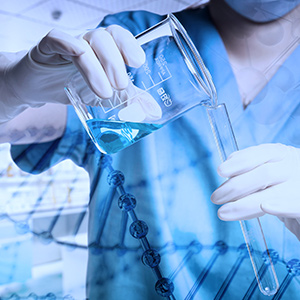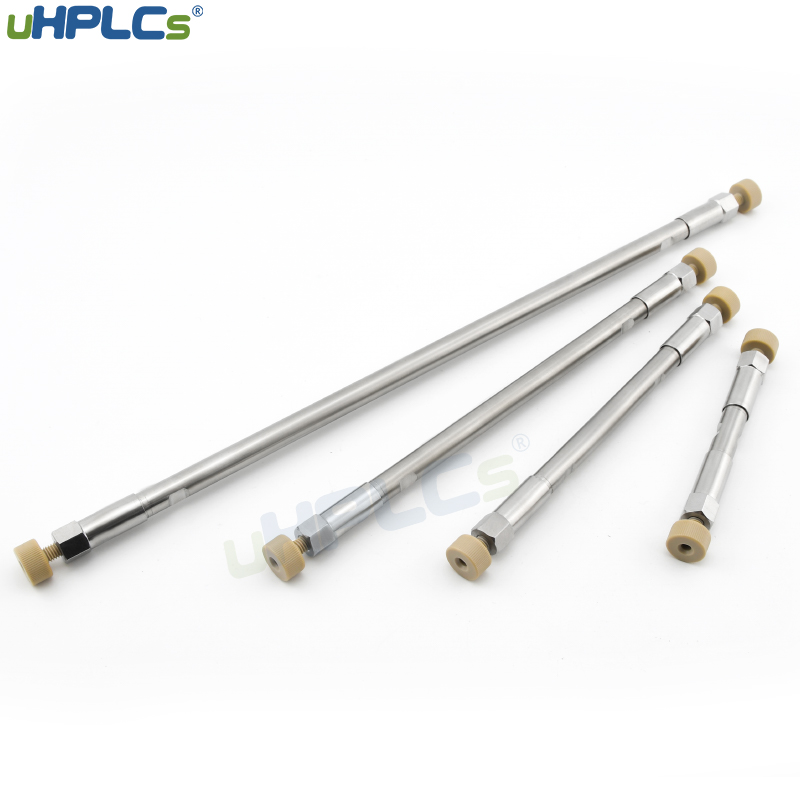Liquid chromatographic analysis is a very good chromatographic analysis method in food analysis and determination. High performance liquid chromatography can be combined with many structural instruments to improve the sensitivity of detection.
Advanced Glycation End Products AGEs are products that combine excess sugar with protein. It is commonly found in malt products, concentrated milk or some processed foods. Recent studies have found that ultra-processed foods (referring to additional ingredients such as artificial ingredients that make food taste better and store longer) will contain more AGEs, and eating ultra-processed foods will increase the risk of chronic kidney disease.

Milk and its derivatives, milk powder, yogurt, etc. are common foods in people’s daily life. For example, milk powder needs to be vacuum heated and dried during the production process. During this process, the Maillard reaction is prone to occur due to the heating of the milk. Studies have found that milk powder contains AGEs, so the detection of AGEs is also to protect people’s food safety and health.
Uhplcs simply share the chromatographic analysis process of milk powder for AGEs detection. I hope it can help everyone. The instrument can use liquid chromatography-mass spectrometer, the column uses uHPLCs USHA C18 chromatographic column, uHPLCs c18 column has excellent peak shape in selectivity, gradient and isocratic conditions; it has higher resolution, sensitivity and Reproducibility; wider pH tolerance, suitable for analyzing various types of compounds.

After degreasing the milk powder sample, add 10ml of sodium borate buffer and vortex to mix evenly; then add 1ml of sodium borohydride solution, mix well, place in a refrigerator at 4°C for 8h for reduction reaction. After the reduction reaction was completed, 8mL of chloroform-methyl alcohol (2:1, V:V) was added to precipitate the protein, and then the acid hydrolysis, filtration, elution and other procedures were carried out. The collected eluate was concentrated to dryness by nitrogen blowing.
During the production process, food undergoes various chemical reactions and many compounds are derived. As the most widely used separation and analysis technology, liquid chromatography is very active in the fields of biochemistry, food detection and analysis, medical research, environmental analysis, and inorganic analysis.

Post time: Nov-20-2021





